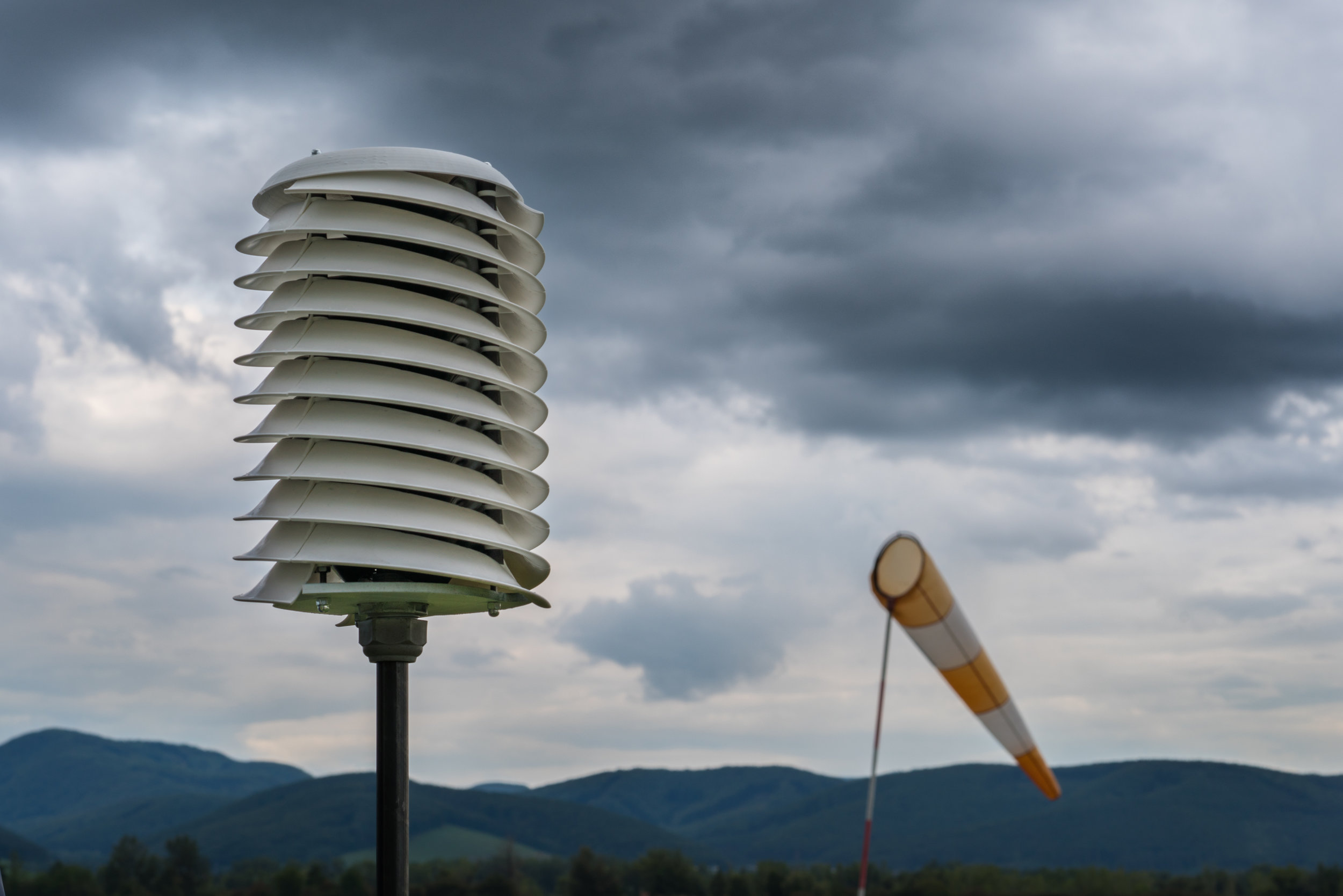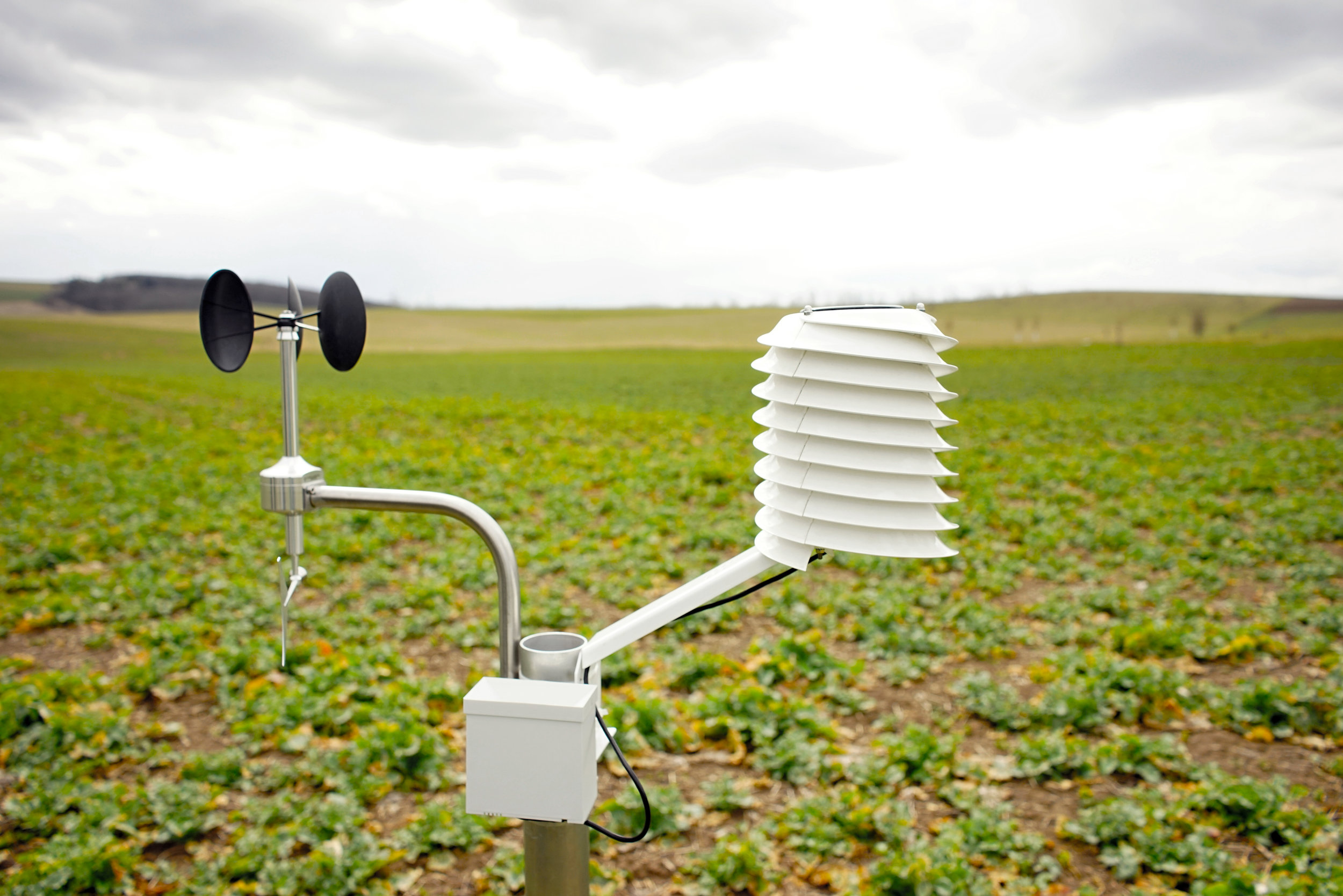Affordable Auto-METAR for small airports finally a reality at Farnborough Airshow 2018
/While professional weather observation systems with automatic METAR report generation have been prohibitively expensive for small airport operators, BARANI DESIGN is about to change that. Known for their innovative sensor designs for professional meteorological applications, Barani Design has set its sights on the private airport segment which makes up over 75% of all worldwide aerodromes. With private air traffic on the rise, the need for an affordable, scaleable, accurate and reliable weather observation system for each airport is becoming a necessity.
Weather is becoming more and more localized and unpredictable. This trend is forcing small airport operators to look for uncertified weather solutions and pilots have to rely on the unofficial weather reports posted on each private airport’s web page to plan their flights since the network of official METAR weather stations is very sparse. This is exacerbated by the bureaucracy involved in certifying a METAR weather observation system and obtaining building permits.
The ezMETAR weather observation system from Barani Design is about to change that. The system is built on proven reliable hardware with arguably the most accurate air temperature and wind speed solution on the market, strong lightning protection and a proven meteorological data logger METARlogGSM at its heart. This wireless solar powered Auto-METAR system enables airport operators to install an ICAO certified sensor suite without the need for special building permits. A pilot program at Slovakia’s JASNA Aerodrome is underway to streamline the certification process under the umbrella of the national Hydro-Meteorological Institute.
BARANI DESIGN will showcase the ezMETAR solution at Farnborough Airshow 2018 in HALL 3, booth 3418.




